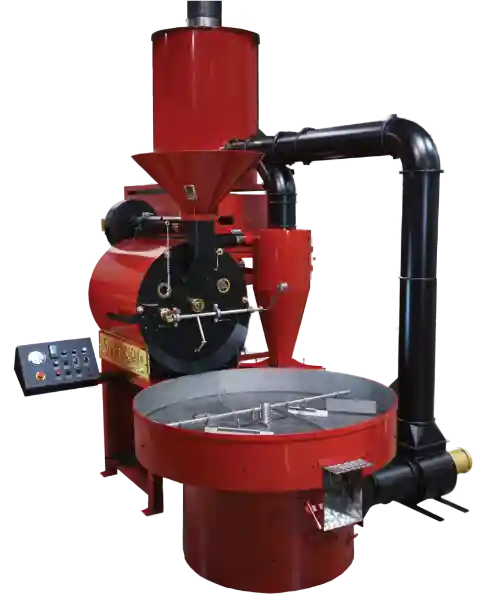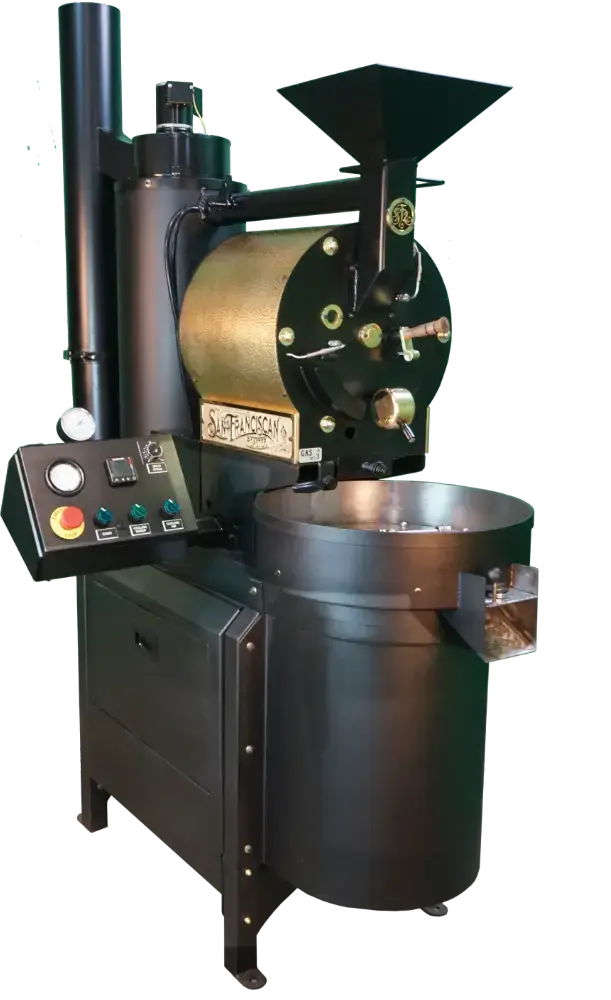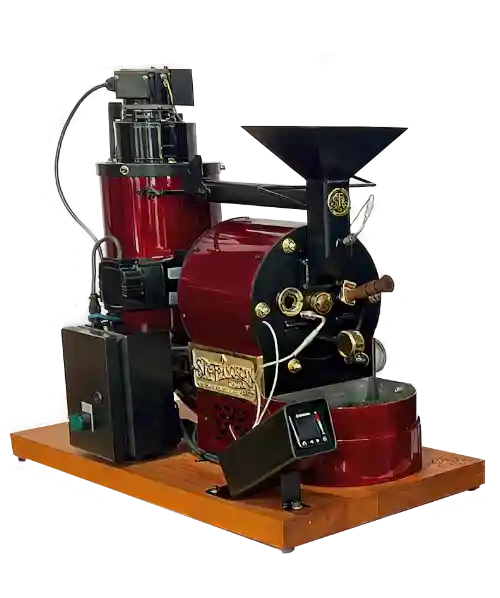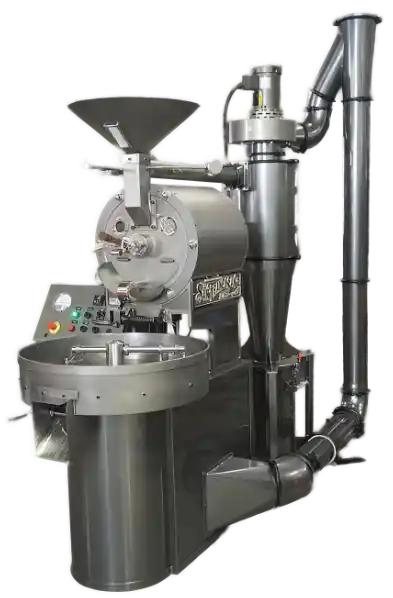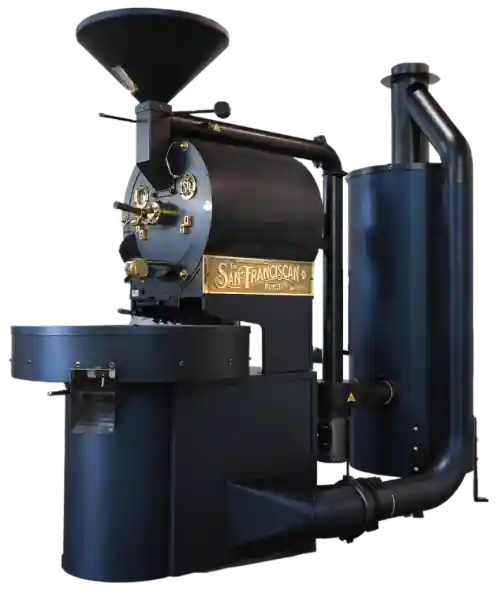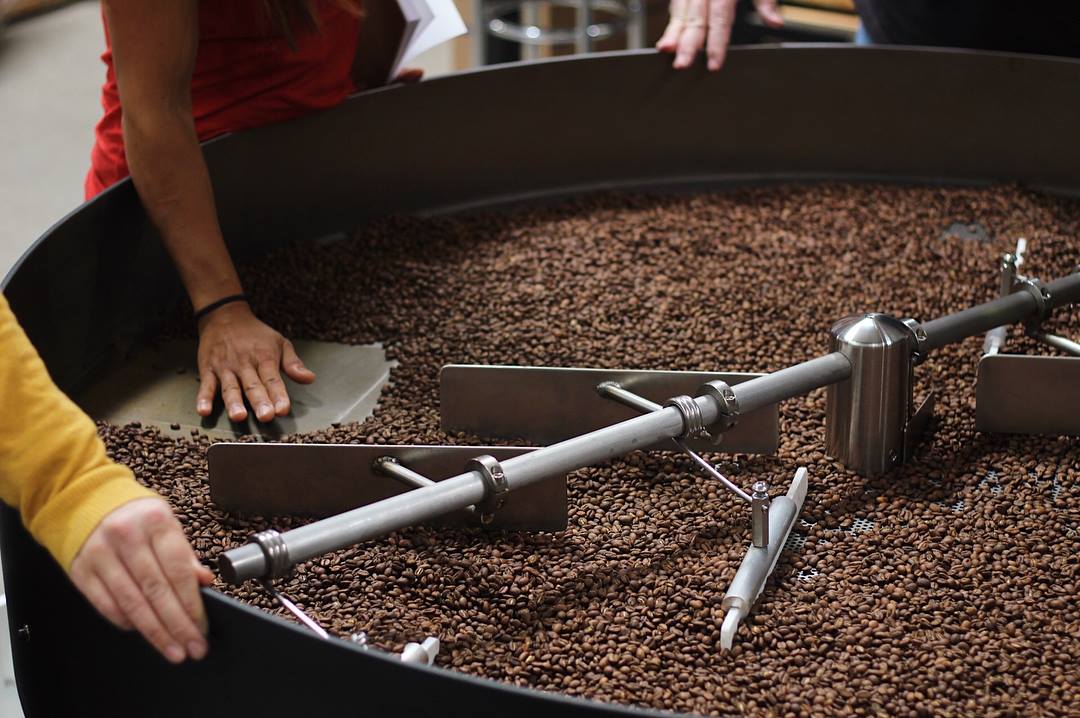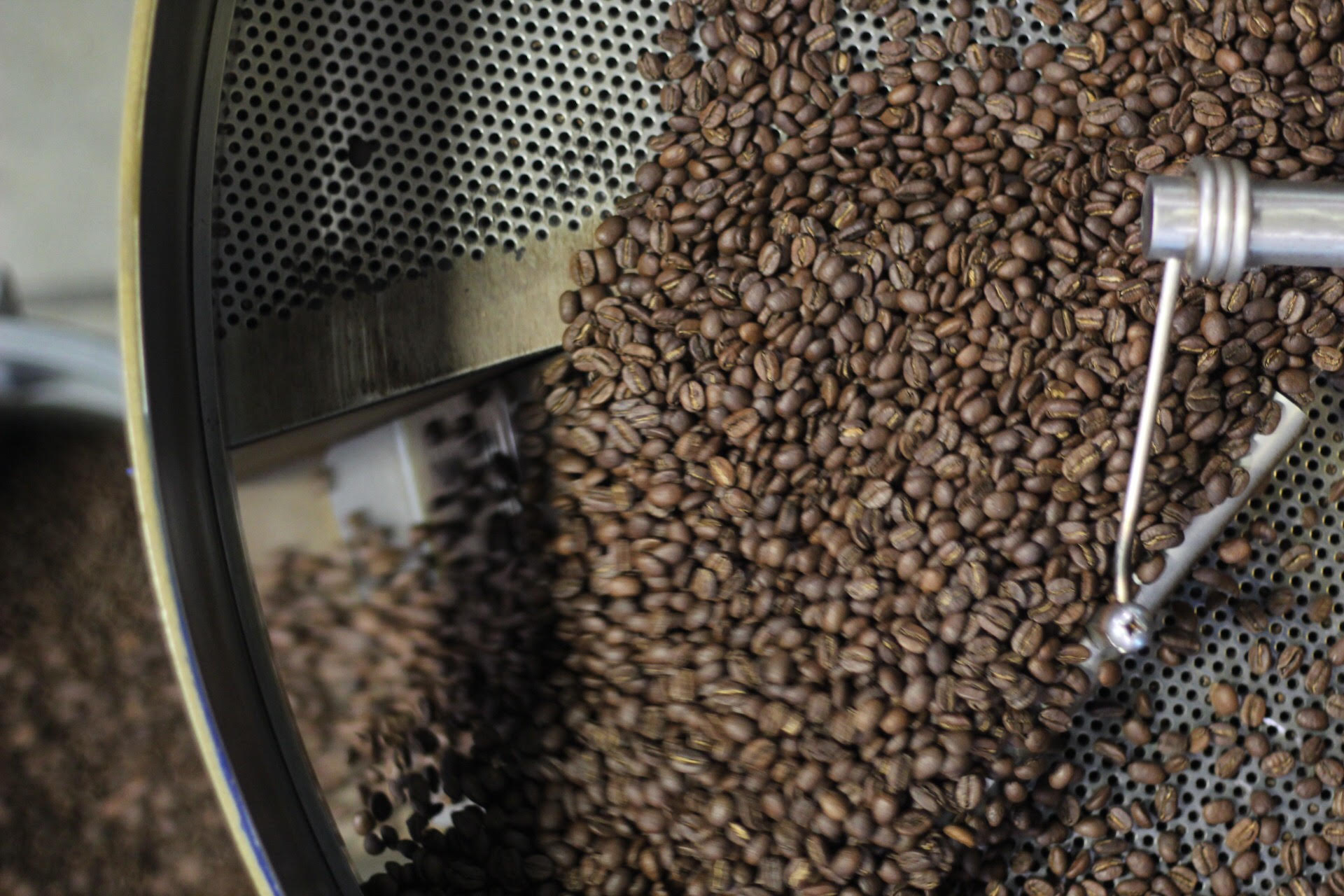The Philosophy and Psychology of Taste
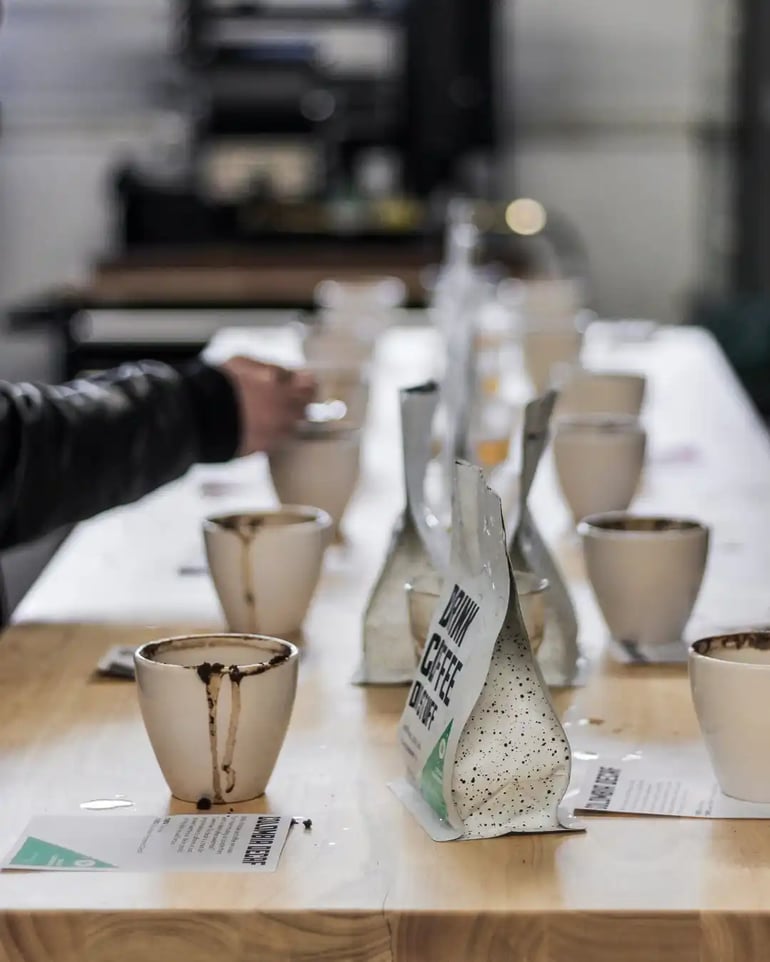
At the San Franciscan Roaster Company, we believe that the exploration of coffee roasting is a never-ending journey. Your coffee roaster allows you to create infinite possibilities for coffee profiles. Through roasting, you discover your own sense of ‘taste’, which is based on your body’s reaction (senses) to the coffee.
Drinking a cup of coffee is an experience in which our five senses analyze the scent, flavor, body, sight, and even the noise of the liquid moving from the cup into our mouth. While we may not appreciate the experience on a daily basis, the occurrence is worth exploring from the perspective of both a coffee consumer and a coffee roastmaster.
How Our Senses Experience Coffee and Why It Matters
Analyzing the psychology of how our sense of sight, noise, touch, smell, and taste all play a unique role in the experience of coffee drinking will allow us to also explore our own philosophy of expressing taste through coffee roasting. It has been said that the flavor of coffee is based on the roastmaster’s own preferences but what if that roastmaster has yet to explore tasting methods beyond their current practice?
Similar to a musician constructing a song for the first time; it’s worth exploring how a verse sounds over a different guitar note. Coffee, like music, is a language that is spoken through a combination of senses, instruments, and the genius of its master. Therefore, taste is much like one’s preference in rock, rap, country, jazz, bluegrass, hip-hop, and so forth. A preference for one taste versus another can be revealed through coffee roasting.
Taste as Explored Through Our Experiences and DNA
In short, taste is both subjective and objective. It conveys the experience of our tongues’ receptors, our own DNA, as well as our psychological experience. As a child do you remember hating the taste of Brussel Sprouts? Perhaps now as an adult, you find yourself ordering a side of Brussel Sprouts when you eat out or making them for dinner. If you add butter, herbs, vinegar, or even cheese, then you’re adding a flavor that makes the Brussel Sprouts more salty or sweet for your taste buds.
Despite adding flavors to better enjoy a food or beverage, it is indeed possible to develop a liking for a taste you once despised based on a single positive experience. Some tastes are in fact developed while others come naturally. As a fetus, you ate what your mother ate and from that very start, you began developing a familiarity with certain tastes. Some people are blind to levels of sweetness because they consume dishes and drinks with high amounts of sugar while others may be sensitive if they rarely consume anything sweet.
When it comes to coffee, taste, and flavor should not be used interchangeably. Taste refers to these five qualities: sweet, salt, bitter, sour, and umami, which means savory. Using our taste buds, we pick up the presence of these tastes to some degree. Our taste buds send signals to the brain, which is why for some a sweet chocolate bar is more pleasurable than a salty bag of chips. When it comes to coffee roasting, a roastmaster can differ in his or her distribution of taste buds, which is why coffee profiles also differ. Before we dive into the role of our five senses when it comes to coffee roasting, let’s explore the significance of flavor in contrast to our sense of taste.
Flavor is an Aesthetic Crafted by Our Sense of Taste
So much of what coffee drinkers today have come to know about flavor has been contextualized by the mass market and commercial coffee corporations who tell consumers what flavored coffee tastes like or should taste like. While those experiences may vary widely, what if you were to conceptualize the experience of flavor in order to create a more meaningful understanding of flavor for coffee consumers?
Developing flavor in coffee is first achieved through your selection of coffee beans. Since green coffee beans consist of approximately 500 flavor components and aromatics, these qualities first determine your coffee’s flavor but the process of roasting is what truly brings it to life. Through roasting, up to 1,000 different aroma compounds create the flavor of the coffee. So now, let’s explore the role of aroma in a coffee flavor.
Aroma Combines Flavor and Mouthful
We process aroma through our nose as well as our tongue. As you sip your coffee, your smell receptors use scent to decipher the flavor, which produces an aromatic profile. It is worth noting that there’s a keen difference between a coffee’s aroma and a coffee’s fragrance. You experience both during cupping. First, you’ll notice the dry coffee grounds’ fragrance, which is the unit of a scent, but once you add water to the coffee it creates an aroma. The descriptions used during cupping are based on the aromas we experience with each slurp — when those notes of flavor are truly brought to life. Your olfactory senses are especially critical when it comes to developing flavor.
Your Senses During Cupping
Cupping is perhaps the best method of tasting, evaluating, and comparing coffee flavor and quality. During cupping, your senses will be heightened as you explore the flavor, aroma, and personalities of coffee samples. The goal is to distinguish the sensory differences between samples, describe the flavor and your experience as well as the potential of the coffee. You also want to identify any hints of flavor as well as defects. Defects or negative experiences may include any “non-coffee like” characteristics that may occur if your beans are moldy, unripe, or were left in poor storage.
Often times, people will use a sample roaster for cupping, such as our SF-1. The coffee grounds are placed into the cup then hot water is poured over the grounds to steep inside the cup. First, you’ll evaluate the aroma of the coffee samples by smelling the top of the cap and analyzing the aroma. One must be fully present to take in the experience. The coffee will speak to your senses if you allow it!
You’ll be looking for sweetness, acidity, and uniformity. Cupping also includes evaluating the taste of the finish. Is it long-lasting, pleasant, fast-finish, or bitter? Ultimately, through cupping, you’re assessing whether the coffee is the type of coffee you want and one your coffee house guests will enjoy. If you use 12 cups, you want to find that one cup that truly pleasures your senses and creates a memorable experience. We recommend following the Specialty Coffee Association (SCA) protocols and using the SCA Flavor Wheel.
Why Coffee Roasting Matters When it Comes to Developing Flavor
Coffee consists of data. That data is created in the craft of roasting: the roast degree, time, and your roaster’s design. Roasting enhances your coffee beans, given the temperature, airflow, and length of time. When the bean, composed of sugar, protein, and lipids, is transformed from raw to liquid, our senses should be at the forefront of determining the final product. It could be entirely impossible to predict what the result will taste like without a willingness to explore your own senses through experimentation. Since roasting works with what is inside the bean, your analysis of heat and time can help you explore a range of flavors.
Further Explore Your Senses
We encourage you to further your craft. Whether you’re a beginner or expert, developing your sensory skills through the exploration of aromas, flavors, and body will introduce you to new methods of developing coffee profiles. Consider a course in sensory basics as offered through the Coffee Roasting Institute, which allows you to explore the techniques that strengthen your own craft by highlighting the methods that influence flavor notes. The Sensory Basics & Techniques course is designed to elevate your understanding of senses as revealed through the Specialty Coffee Association (SCA) cupping protocols.
To learn more about other educational opportunities and what sets the San Franciscan roaster apart, please connect with us today.

